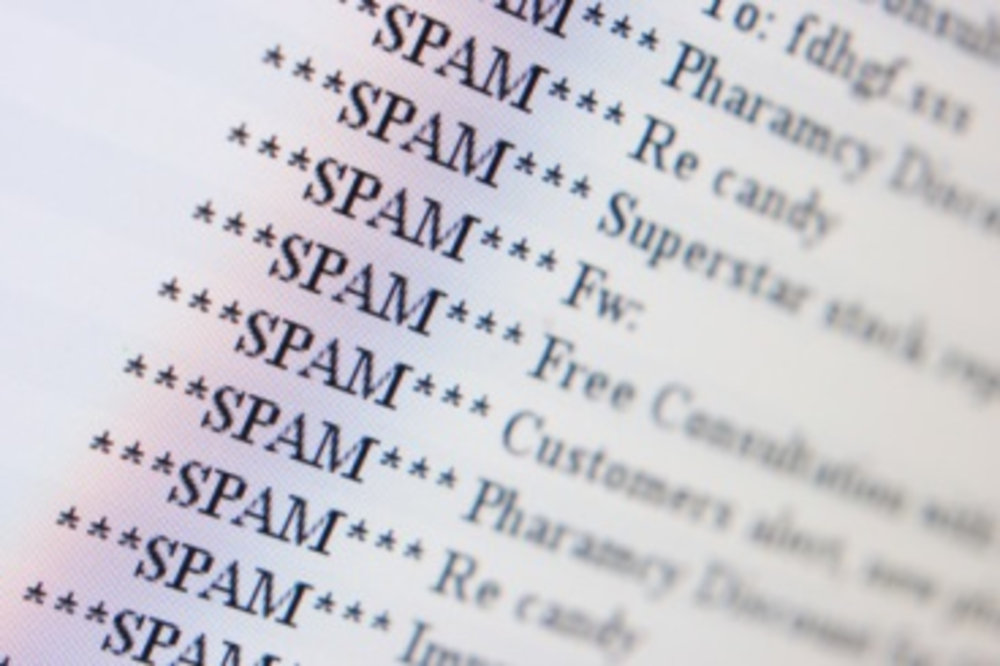There are a few words and phrases that make most marketing executives—and pretty much anyone in the business world for that matter—cringe. “Budget cut,” “take over,” and “canceled roadmap” are just a few. But there is also a set of feared terms that while most commonly heard within the confines of the IT department can be just as detrimental as a massive budget cut. One word that comes to mind is “blacklisted.”
You’ve most likely heard the term, but do you really understand the ramifications? In today’s world, where businesses so heavily rely on email, it is a word that must be avoided at all costs.
The core concept of blacklisting is a good thing—it helps to control and hopefully reduce the amount of spam we receive in our inboxes. But, if you find your domain or IP address added to the blacklist, even through no fault of your own, your business could be blocked from sending out any email. And we know that could be a major problem—for the marketing department, the sales team, for the company at large, and even for your bottom line.
How it happens
How does a domain find itself in this predicament? Becoming blacklisted is primarily based on your mail activity and traffic volume.
Even if you didn’t do anything wrong—maybe your account was hacked and is being used to send out mass amounts of spam or you acquired an email list and are using it to send out bulk messages to people who do not want to hear from you—you could be at risk. If an email server or email administrator sees a lot of activity that looks like spam coming from your domain and/or IP, then it could take just one report from that company to potentially have all incoming and outgoing mail traffic blocked and blacklisted.
Avoiding the blacklist
Everyone knows that email marketing can be an extremely effective way to reach customers and clients. But what happens when your company wants to use an email list that was acquired outside of your opt-in channel? What may seem too good to be true could be just that. So before you dive in and hit send, be sure to weigh the pros and cons of using this type of list—it just might generate more problems than benefits.
Recently, one of our clients was faced with this dilemma after his supervisor came to him with an acquired list. He asked us four questions in hopes that his company would realize that spamming doesn’t pay.
Q1: What would happen to our domain (@yourname.com) if our email blasts were flagged as spam by an ESP?
A1: No matter who you use for your email marketing management, the company will drop you as a client or lock your account if it took the negative hit for you. Your IP address will remain in good standing, but your domain may have some risk when using third-party mail services.
Reality check: Even though your domain was not used to send out the messages, the content of your message could get flagged by some servers and community services that will then share the email on spam filtering lists. In short, reoccurring words or phrases within the email content, such as your company domain, could end up on various spam lists.
Q2: If we use more than one list mailing service, would being blacklisted affect our account on all of them?
A2: No, it shouldn’t because each service is accessing its internal resources to send out your bulk email. However, it really depends on the service you use, and whether or not it conducts any preliminary checks before sending out email on your behalf.
Reality check: It is possible that they may try to protect themselves and not send out email for you if they find you have been blacklisted—and a blacklist check is easily done. All they need is your domain name to run a quick lookup.
Q3: Would our business email service be interrupted?
A3: If you were to send out bulk messages using your own domain and/or IP address, then you could easily end up on several blacklists, and that would definitely interrupt your email service.
Reality check: Basically, every message you send out would be bounced back (a.k.a., rejected) by any server that knows about your domain being on a blacklist.
Q4: Do all ISPs and email service providers have guidelines for spamming?
A4: YES! It’s their domains and IP addresses that are taking the risk when you send out emails through their service. Therefore the rules are generally very strict and unforgiving.
Think it through before you spam
The reality is that email service providers and ISPs need to keep their IP addresses clean and blacklist free. They will certainly invoke the rules to protect their services against spammer accounts.
If you or someone you know is considering trying an email list that wasn’t created by users opting-in, be careful. Weigh the results of the email blast against the trouble that getting backlisted could cause your company and marketing efforts. The truth is that these types of lists might be best left unused. But, don’t despair—there are plenty of reliable and trustworthy methods of obtaining valid e-mail addresses that can help you execute successful marketing campaigns.
Wendy Breakstone (left) is director of marketing, and Emanuel Fuentes is senior software engineer, at Service Objects.









